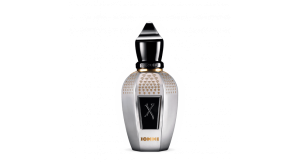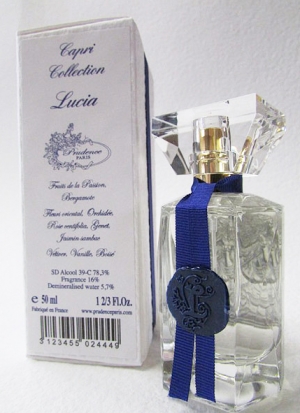Passionfruit
Passion fruits contain acids and sugars, nutrients and non-nutritive phytochemicals that make the fruits a tasteful and healthy addition to a diet. There are three primary groups of active chemicals in passion fruit: alkaloids, glycosides and flavonoids. Passion fruit is a high acid food (pH~ 3.2) due to the presence of citric and malic acid. Passion fruit also contains about 14.45 g sugar/100g of edible portion, including fructose, glucose, etc. The acids and sugars add to the unique taste and serve as a preservative of the fruit. Passion fruit provides a good source of nutrients such as Vitamin C, Vitamin A and potassium and non-nutritive phytochemicals, carotenoids and polyphenols. In passion fruit, thirteen different carotenoids, including zeta-, beta- and alpha-carotene, b-cryptoxanthin and lycopene, have been identified. Other non-nutritive phytochemicals found in passion fruit are polyphenolic compounds with antioxidant and anti-cancer properties.
Passion fruit possess a very intense, exotic and tropical scent and taste. The fragrant component Oxane (registered trademark of Firmenich) is produced from yellow fruits and is used to produce aromas of passion fruit and grapefruit in citrusy and fruity fragrant compositions.


